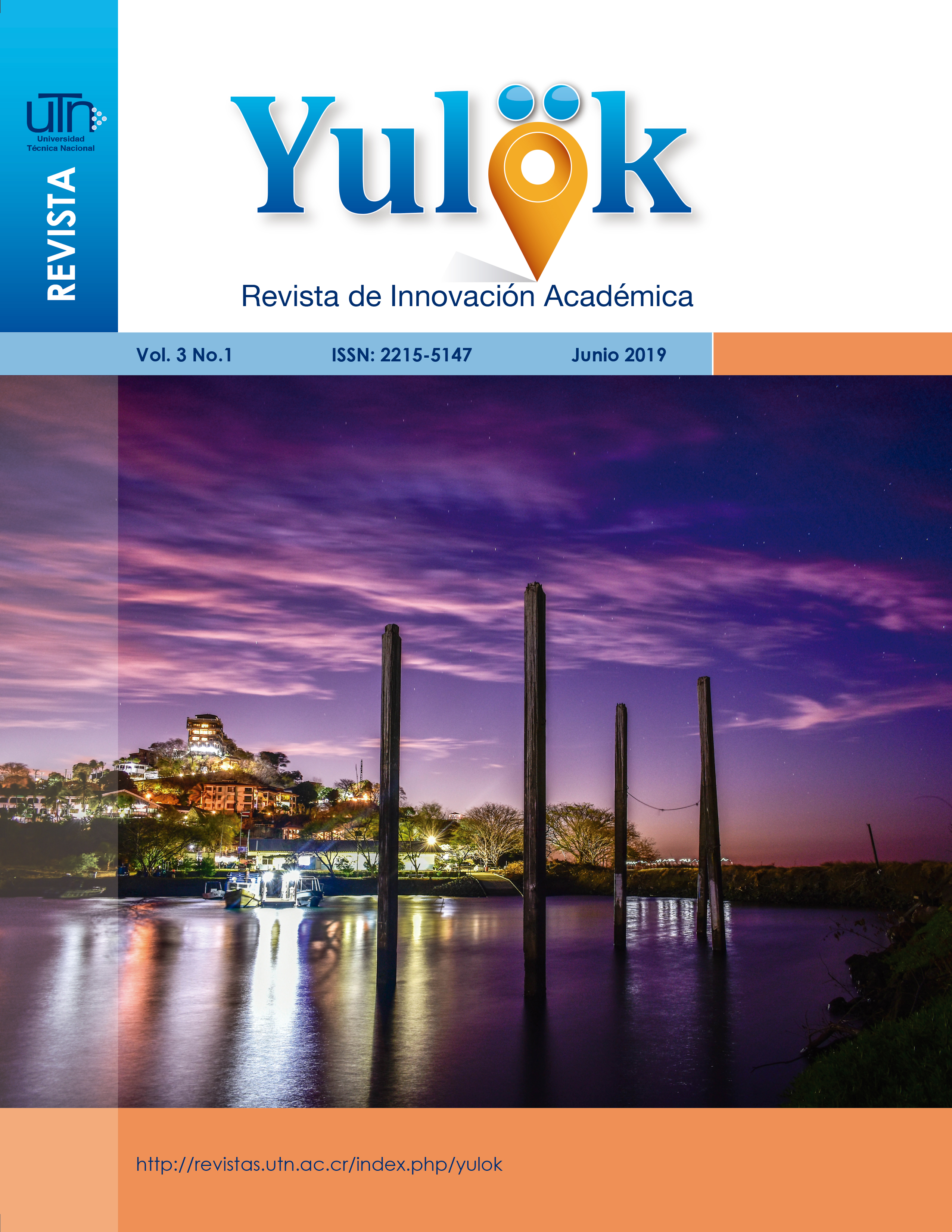Total deposition analysis around the protective zone of the Escazú hills in Costa Rica
Main Article Content
Abstract
The Protective Area of the Escazú Hills (ZPCE, Spanish acronym) is an area designated as a pollution sink within the
Western Central Valley (VCO, Spanish acronym), in Costa Rica. For this study, the total deposition characteristics
obtained in the ZPCE during 2015’s rainy season were analyzed. The pH parameters and field conductivity were
assessed. The Cl-, SO4-2 and NO3- anions were determined by ion exchange chromatography while the Ca+2 and
Mg+2 cations were analyzed by atomic absorption. It was possible to identify acid rain (pH less than 5.6) in 90%
of the ZPCE samples. There is more acidic pH distribution in the northwest part of ZPCE. The pH, as H+ concentration,
presents a moderate conductivity correlation (0.585), according to Kolhraush’s law. The most abundant rain
ions collected are as follows, in decreasing order: CO3-2 > Cl- > SO4-2> NO3-. The ion correlations were high
(more than 0.7) between Cl- and Mg + 2, between Ca+ 2 and CO3-2 and moderate (more than 0.4) between SO4-2
and NO3-.
Article Details
Section

This work is licensed under a Creative Commons Attribution-NonCommercial-ShareAlike 4.0 International License.
Todos los artículos publicados están protegidos con la licencia Creative Commons Atribución-NoComercial-CompartirIgual 4.0 Internacional
![]()

